You might be wondering, ‘What is a Red and Yellow Barbet Bird?’ I’m here to help you with that. Known for their striking appearance and musical prowess, the Red and Yellow Barbet, scientifically referred to as ‘Trachyphonus Erythrocephalus,’ belongs to the bird family Lybiidae, and so to the African Barbets.
Found primarily in the savannas of East Africa, these birds are a spectacular sight with their vibrantly colored plumage and vivacious calls.
But don’t worry too much about remembering complicated scientific names. I’ll make it easy for you to recognize this creature through its exceptional features, starting with its looks!
Distinctive Features and Calls of the Red and Yellow Barbet- How can you identify it?
You’re going to find out about a bird that’s as striking in appearance as it is in song.
The color palette of the Red and Yellow Barbet
Typically, these birds are not hefty, averaging around 20-22 cm in length and weighing approximately 50-75 grams. But it’s their lavish coloration that really sets them apart.
Let’s get specific with the colors because there’s quite a palette here.
- The head of the Red and Yellow Barbet typically displays a combination of bright red and vibrant yellow colors, speckled with black dots, and features a distinctive black band across its head, adding another layer of contrast. This black band usually separates the red and yellow areas of the head, creating a visually striking pattern.
- Their chest and belly flaunt a vivid yellow, while their wings and back boast a contrasting combination of black, white, and more splashes of red.
- The legs of the Red and Yellow Barbet are typically a pale gray or grayish-brown color. These subdued hues provide a contrast to the bird’s vibrant head colors, helping it blend in with its surroundings while perched on branches or moving through foliage.
- Their beak, robust and conical, is perfectly suited for their diet and adds to their unique profile. It often has bright red or orange-redish colors.
- Their tails are short to medium length and often have predominantly black and white spots, with some possible splashes of red and yellow or even some greenish blue.
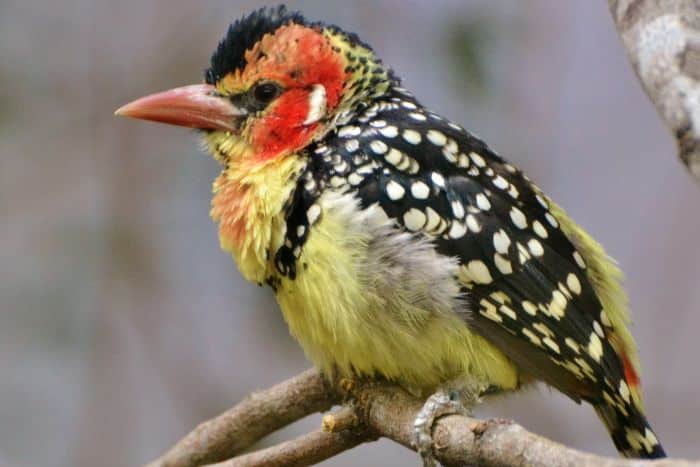
The Red and Yellow Barbet’s sound.
Now, let’s talk sound. Their call is as distinctive as their appearance. Instead of the typical chirp you might be envisioning, imagine a series of rhythmic, throaty notes that almost sound like a wooden percussion instrument being played. It’s this unique call that often leads birdwatchers to their location before they’re even spotted.
In the upcoming section about natural habits, you’re going to learn not just what they eat, but how their diet plays a role in the ecosystem. You’ll also discover the intricacies of their breeding patterns and the specific habitats where they feel most at home.
The Red and Yellow Barbet Bird: What do they eat?
This bird isn’t shy about snacking. It prefers a varied menu, predominantly feasting on fruits and insects. During certain seasons, when specific fruits are in abundance, these barbets will congregate, creating a spectacular scene as they feast.
They use their strong, sharp beaks to catch insects and extract fruit from trees, while also supplementing their diet with other small prey they can find. This omnivorous diet allows them to adapt to different environments and food sources within their range.
The red and yellow barbet bird: love is in the air, its mating and breeding rituals.
Now, let’s talk about love in the life of a Red and Yellow Barbet.
Red and Yellow Barbets engage in typical breeding behaviors during the mating season, including territorial displays, vocalizations, nesting behavior, courtship feeding, and mate selection based on plumage and health displays.
These behaviors are aimed at attracting mates, establishing territories, and ensuring successful reproduction.
While they may not have particularly elaborate mating rituals, like the Secretary bird, for example, these behaviors are essential for the species’ reproductive success.
They are cavity nesters, meaning they prefer to make their homes inside holes in trees, where they lay and incubate their eggs.
==> Red-and-yellow barbet protecting its nest from frightening Gabar Goshawk in a tree closeby / Samburu National Reserve, Kenya
Observing the Red and Yellow Barbet: Ideal Times, Locations and Habitat.
Red and Yellow Barbets are native to various countries across sub-Saharan Africa. Some of the countries where you can find them include:
- Kenya
- Tanzania
- Uganda
- Democratic Republic of the Congo
- Rwanda
- Burundi
- Zambia
- Malawi
- Mozambique
- Angola
These birds inhabit wooded savannas, forest edges, and other similar habitats within these regions. They are often found in areas with abundant fruit-bearing trees and suitable nesting sites.
They are fans of dry, open woodlands and scrublands, where their loud calls echo and their bright colors blend beautifully with the exotic flora.
The best periods for observation of the Red and Yellow Barbets are during the breeding season when barbets are more active and their calls resonate through their habitat. Overall, the breeding season for Red and Yellow Barbets generally corresponds to periods of increased food abundance, which typically align with the rainy season in many parts of their range.
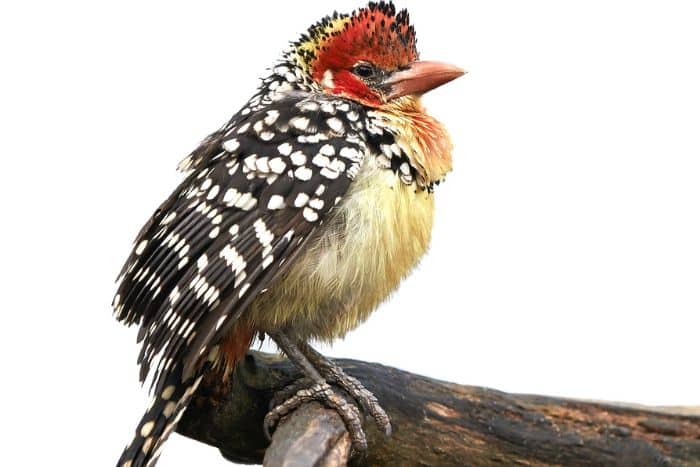
Conservation status of the Red and Yellow Barbet Bird.
The conservation status of the Red and Yellow Barbet (Trachyphonus Erythrocephalus) was assessed as “Least Concern” by the International Union for Conservation of Nature (IUCN). This status suggests that the species is not currently facing significant threats to its survival and population numbers are stable.
However, it’s important to note that habitat loss and degradation, along with other potential threats such as climate change and illegal trapping for the pet trade, could impact local populations of this species.
It’s advisable to consult the latest IUCN Red List or other authoritative sources for the most up-to-date information on the conservation status of this species.
If you’re planning to watch, sketch, or photograph them, remember to respect their space, minimize disturbance, and cherish the experience of witnessing one of nature’s marvels in its true form. This way, you’ll be contributing to their conservation while enjoying the unique spectacle they provide. And why not have your kids involved in birdwatching, so that the next generation also knows how to observe and yet protect the wonderful bird species on our planet?
My Final Conclusion.
I have seen the Red and Yellow Barbet Bird a few times on my travels to Africa and every time it fills me with joy like I am a kid again, am I a crazy birdwatcher for this haha?
To end this article, if you have any more questions about this bird, please feel free to leave them down below in the comment section and I will get back to you as soon as possible!
Don’t forget to join my social media channels either to see more pictures, videos and stories of my Africa travels!
I wish you happy birdwatching!
Kind regards,
Lizzy
I now have a YouTube channel as well!
YouTube
Hello Africa travellers!
Who am I? Well, the least you can say is that I am quite crazy about Africa, its nature, its climate, its culture, and more.
As a young woman in my twenties, I had already traveled to several African countries by traveling along in an overlander on my own and mostly camping ( or glamping ) and just fell in love with the diversity of it all.
So much, so that at the age of 26, I went back to university to study biology, which, unfortunately, I couldn’t finish because of health reasons (yes, I got sick from a tropical disease, oh cynicism). But this did not stop my dream of traveling back to Africa several times, and I still do.
My dream was back then to leave Europe and go study animal behavior, especially the elephants (sure, that’s every girl’s dream haha), but I am also very much intrigued by hyenas and other “ugly African animals“.
So, I “kind of” have a little bit of a scientific approach to my articles, when I write about African birds, for example. And most of all: the passion.
But life goes on, you move from one side of the country to the other, you get sick again and top it off with lower back problems, and before you know it, you are over 50 hahaha!
Now, I still travel to Africa, but take it a bit “easier” than the good old camping days, and stay in comfortable, yet affordable accommodations, together with my husband Wouter.
These are some of the countries I have traveled to: Kenya, Tanzania, Zanzibar, Malawi, Zambia, Zimbabwe, South Africa, Namibia, Botswana, Tunisia, and a little bit of Lesotho LOL .
While clearly not being African territory, but Spanish, I also visited Gran Canaria and Tenerife, and location-wise, I consider them “African”, because of their climate and nature, sue me :-p
The last trip I took was to South Africa in the year 2023, and it sure got the fevers for Africa back! From the Barberton mountains to the Drakensberg and the Southcoast, one month wasn’t enough at all to see the whole country, so we’ll be back! At ease and with a little bit more luxury than in my younger days haha!
I wish you happy travels!
Kind regards
Lizzy



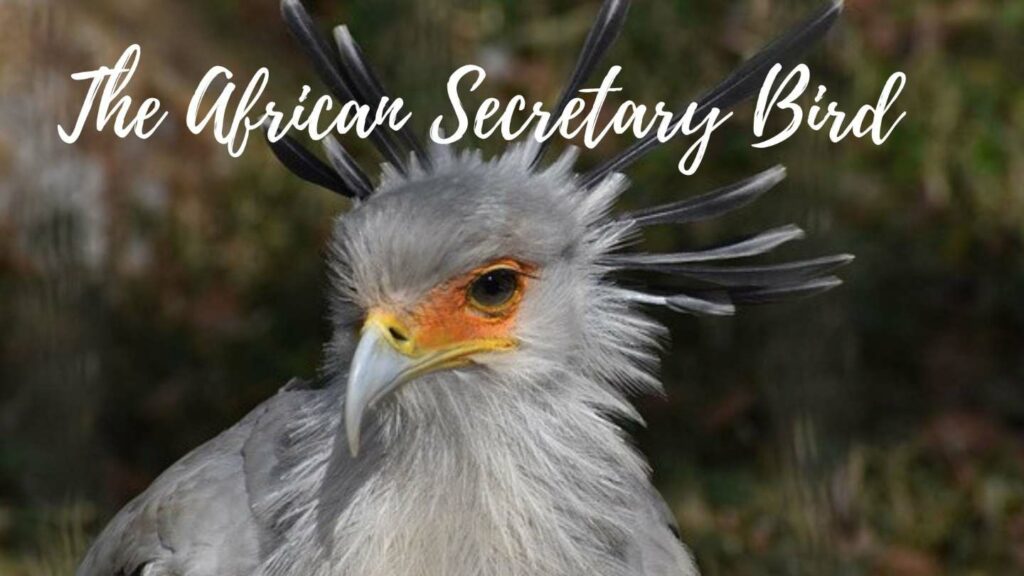

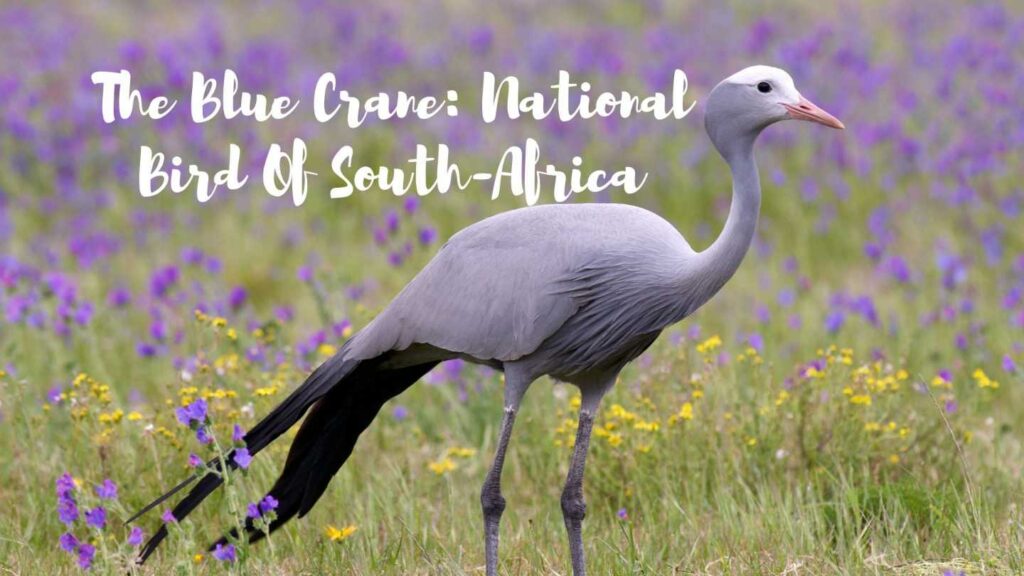
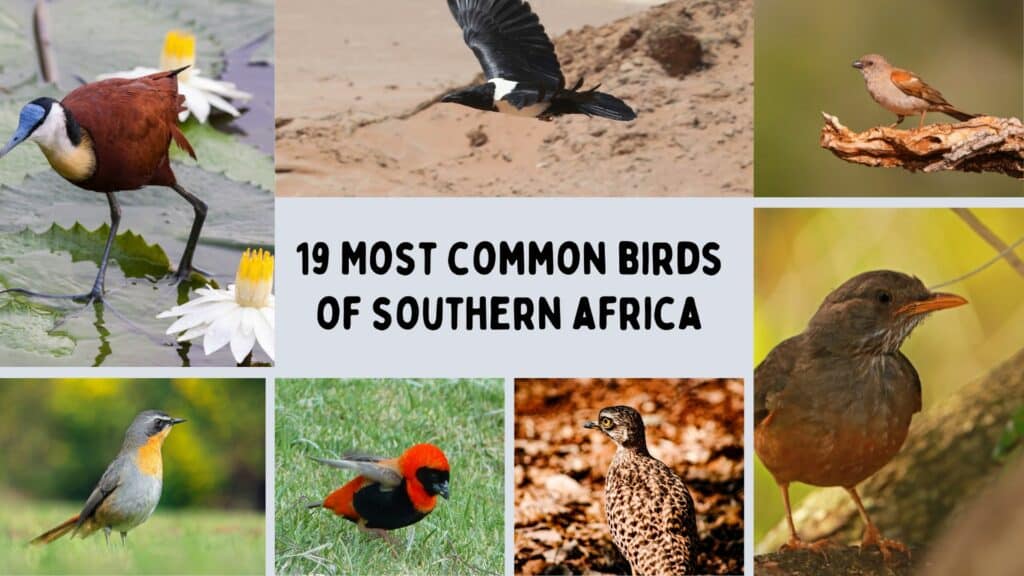

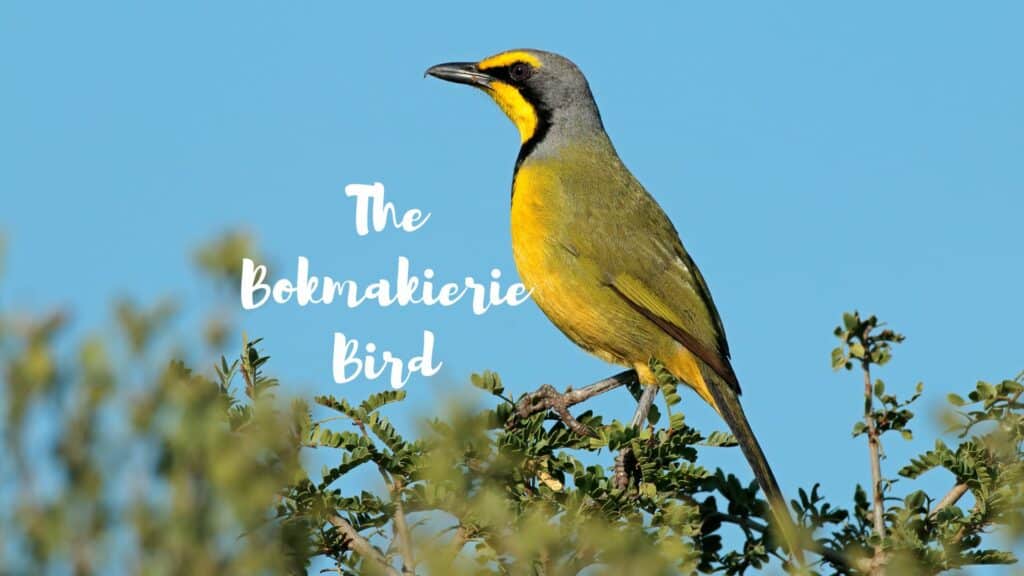
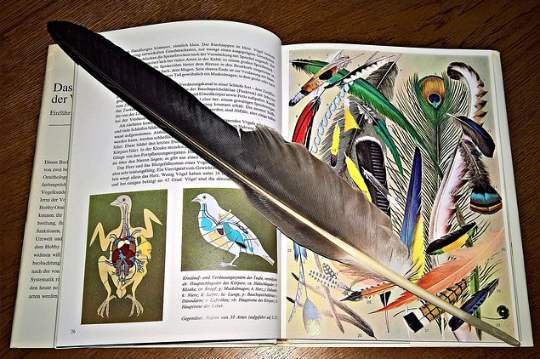
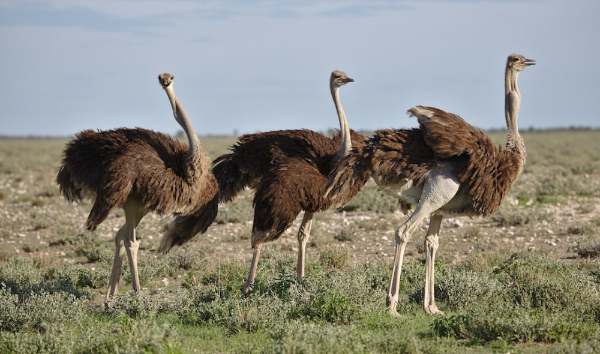
Trachyphonus Erythrocephalus is a mouthful to say the least. The Red and Yellow Barbet is a species that I never knew existed until I viewed this post, but now I know that they eat fruit and insects and reside in different parts of Africa. Africa holds many types of animals that someone not from there may be unaware of. This post has afforded me knowledge that I will not soon forget. It is very well written and was my pleasure to read.
Michael
hello Michael!
Thanks so much for your wonderful comment and I hope to see you soon again!
Happy birdwatching!
Lizzy